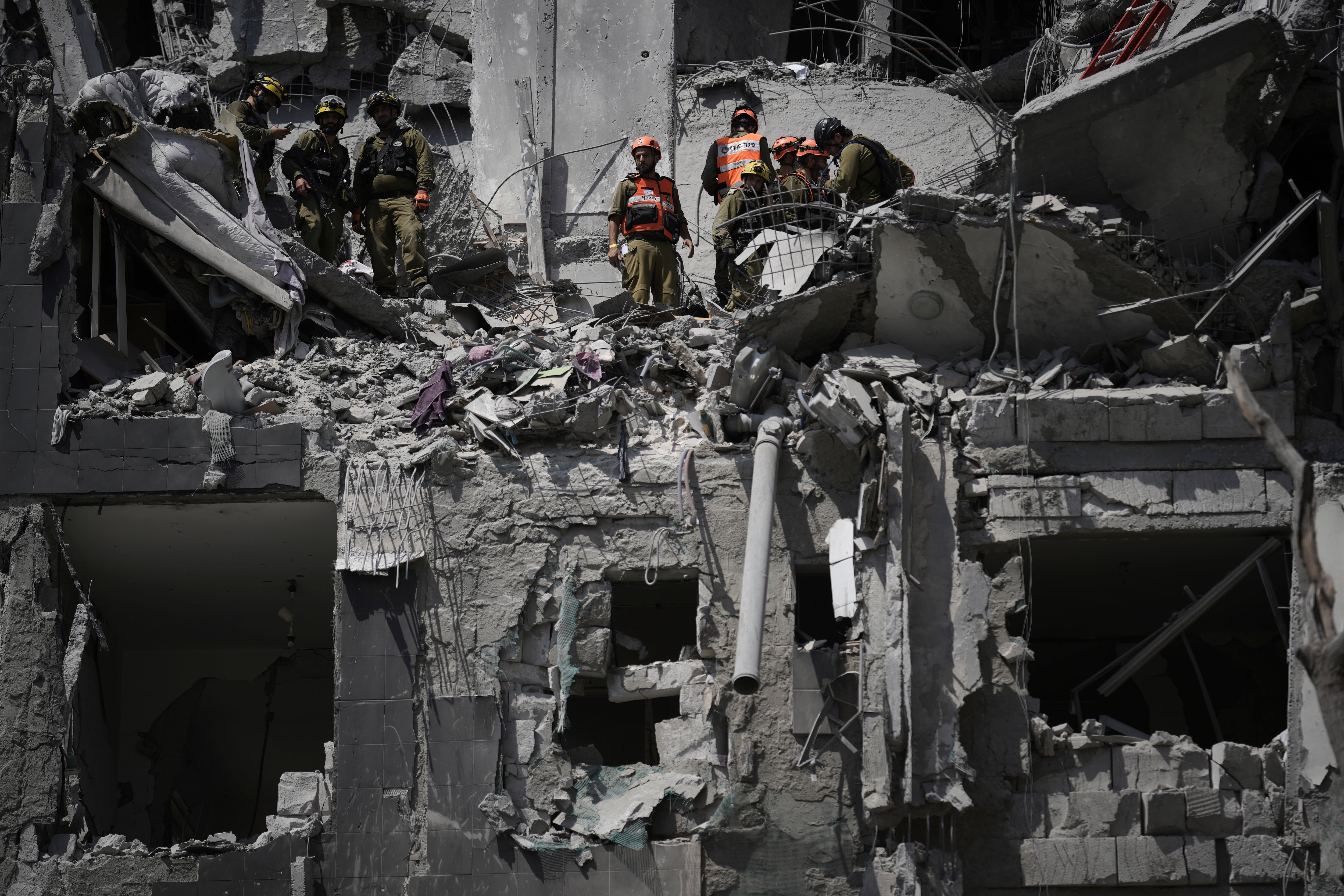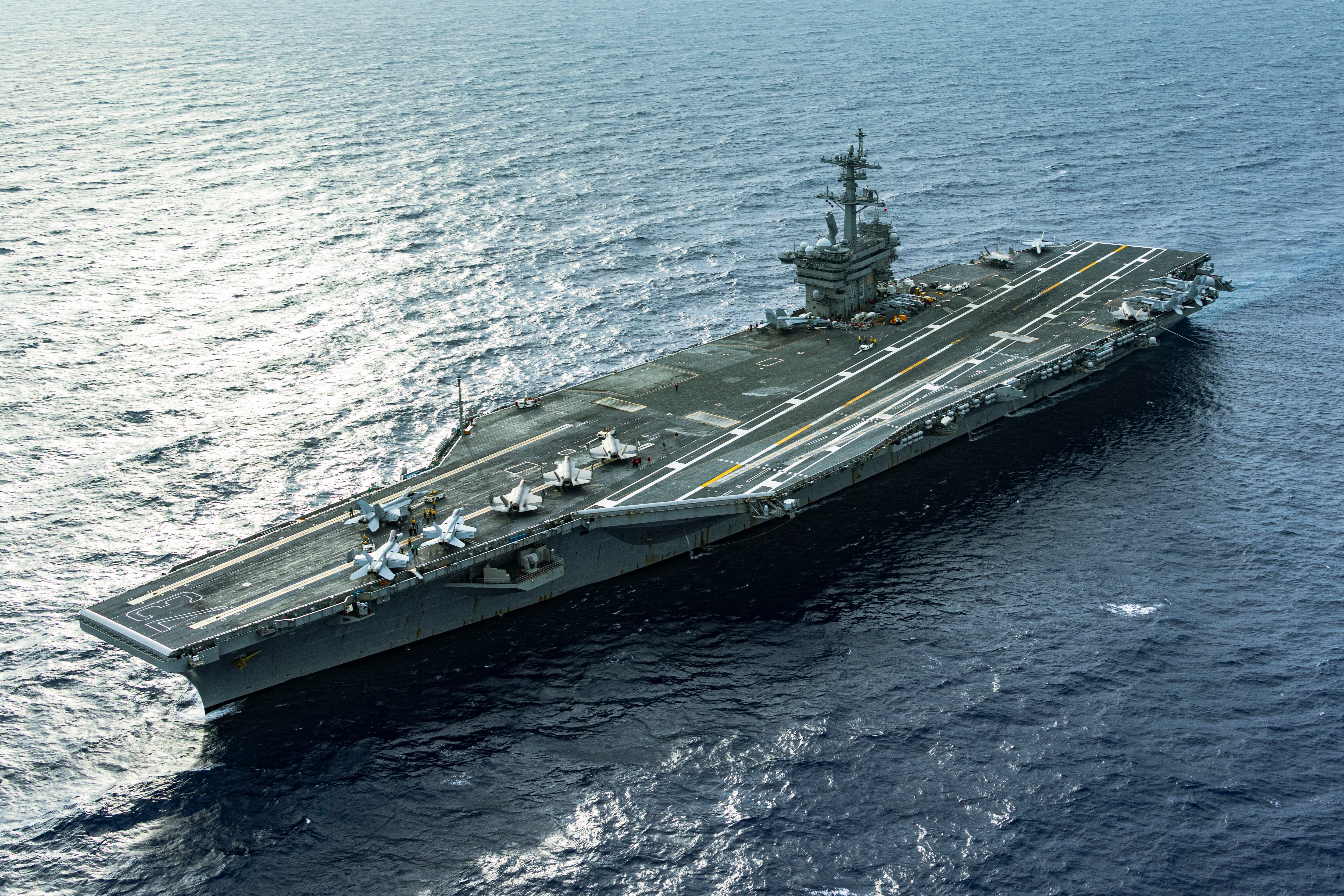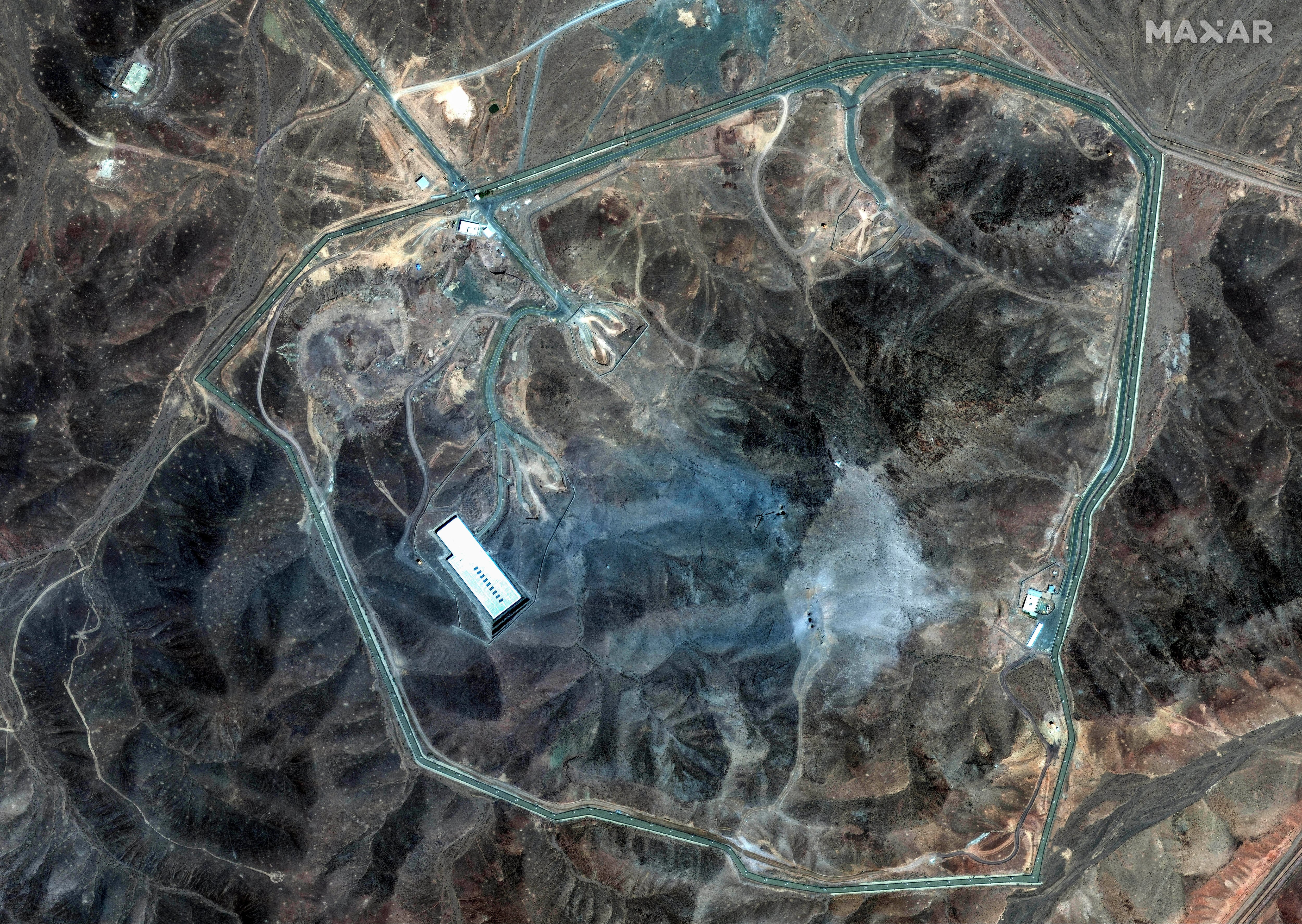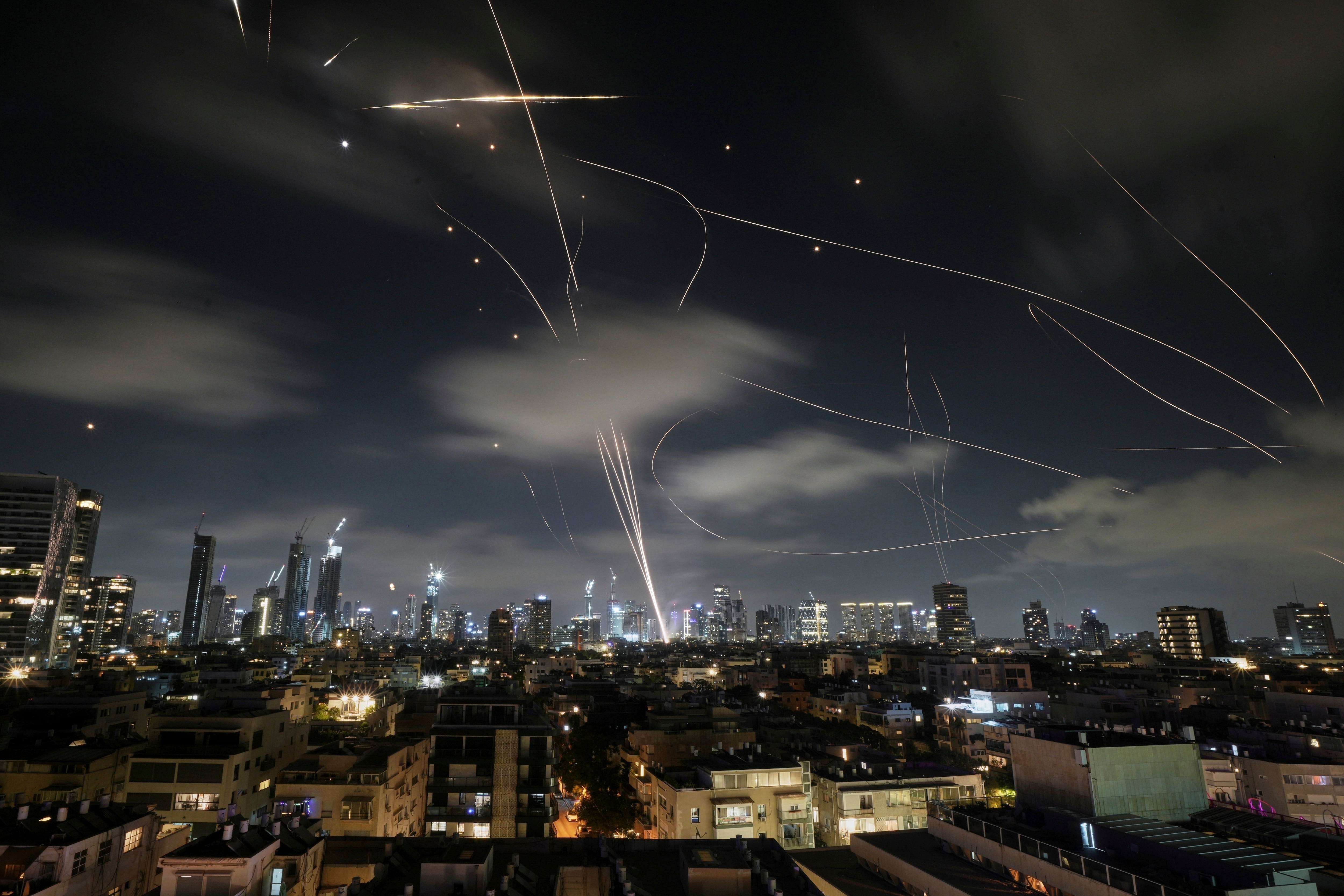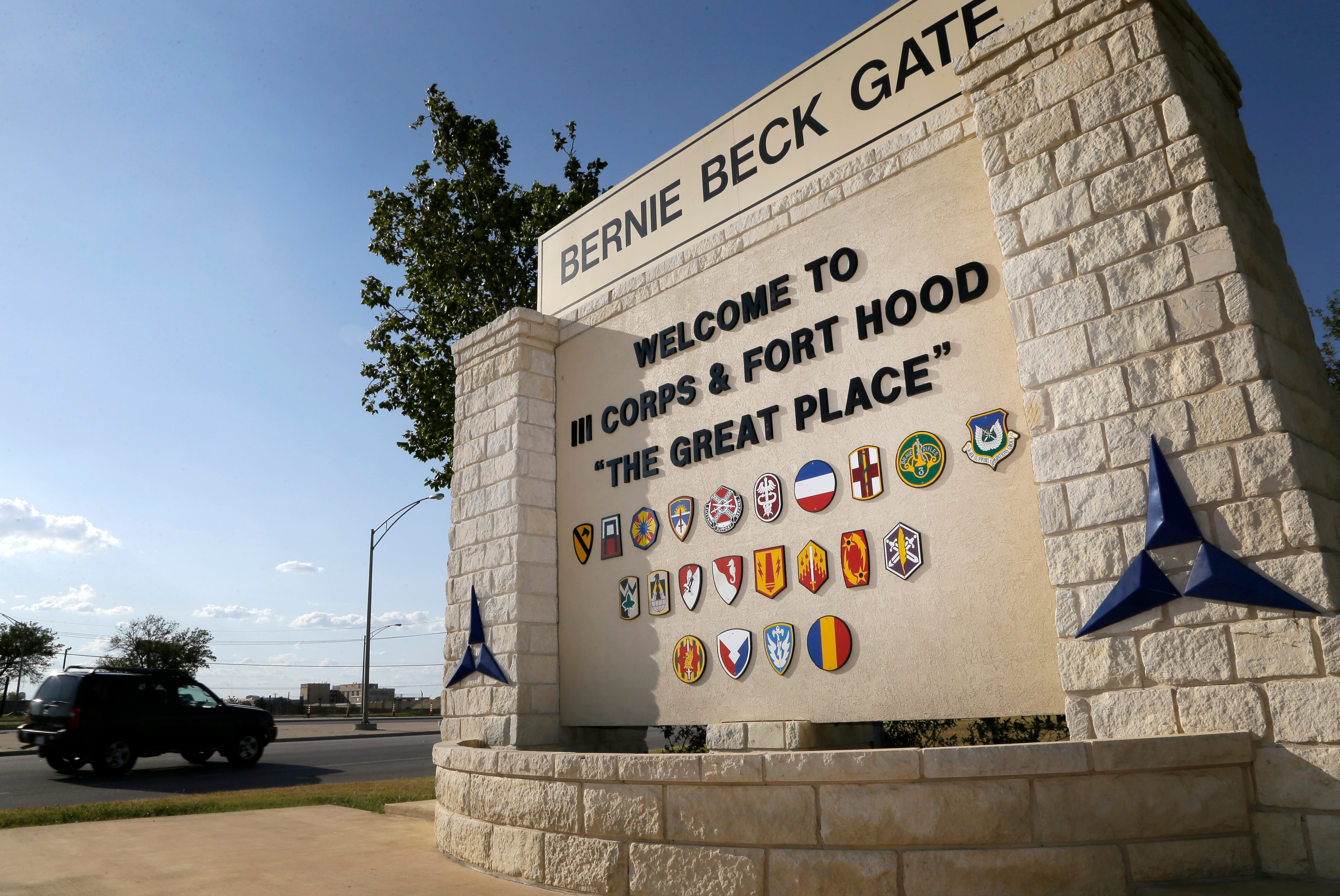A defective seat belt that didn’t properly buckle was blamed for the death of a 29-year-old soldier whose Humvee rolled over during a training exercise at Fort Hood, Texas, last summer.
The findings of the investigation, obtained through a Freedom of Information act request, triggered a total review of vehicle seat belts in First Army and restrictions on when soldiers can operate soft-skin vehicles, like Humvees, alone, according to unit officials responding to Army Times' queries.
Staff Sgt. Andrew Michael St. John was driving solo with the aid of a PVS-14 night vision device at the time of the Aug. 15, 2019, accident. After turning off a main road, his Humvee hit a dry creek bed with a steep, 5-foot drop and rolled onto the driver’s side.
St. John’s seat belt appeared locked in place, but once the weight of his body strained the clasp and buckle during the roll, the device unlatched, retracted and allowed him to be ejected and fatally pinned under the vehicle.
No one witnessed the rollover of the Humvee, which was in black-out mode and had its front doors removed. The time of the mishap was listed in the investigation as 9:30 p.m., with soldiers spotting the overturned vehicle not long afterward.
Earlier in the evening, St. John was seen wearing his seat belt and had even corrected another soldier for not having one on, Army officials said. An accident investigator later determined that St. John’s seat belt only worked properly about half of the time, with a firm tug disconnecting the device. Even after dissembling and cleaning its parts, the seat belt still failed 20 percent of the time.
RELATED
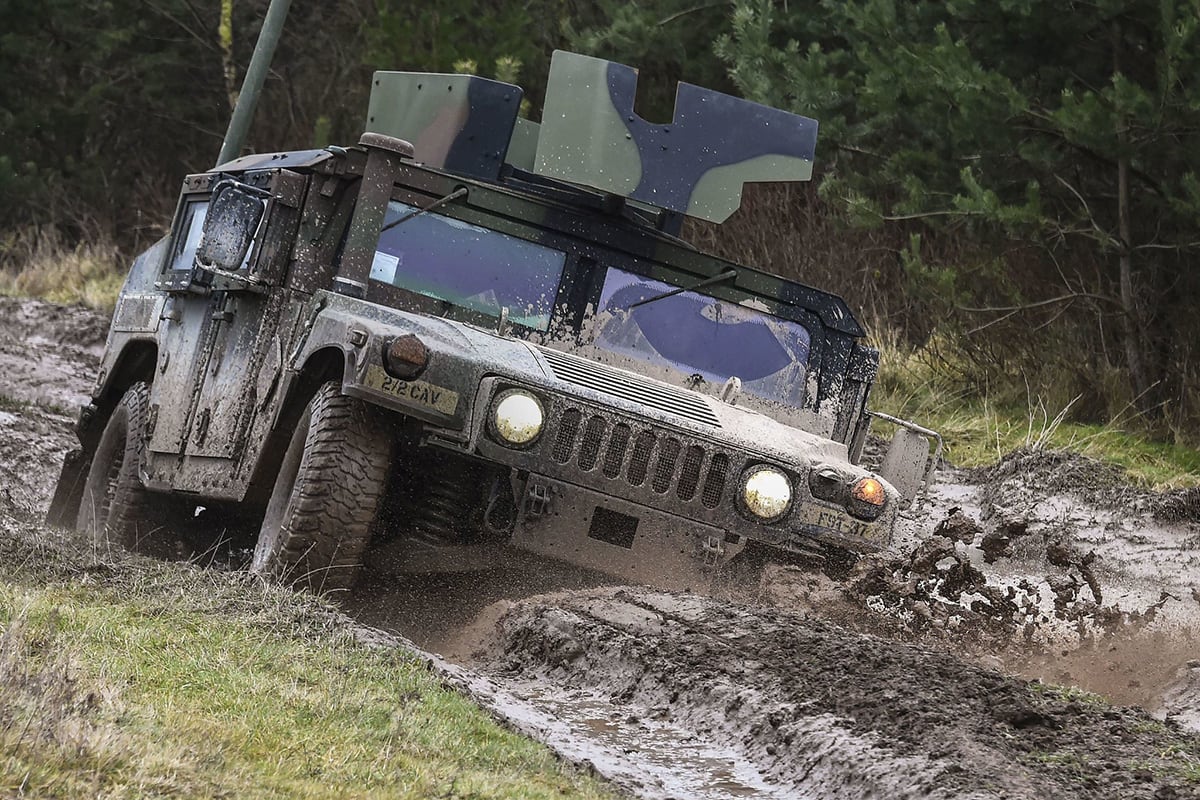
The accident sparked First Army boss, Lt. Gen. Thomas S. James Jr., to direct a 100 percent review of vehicle seat belts across his two subordinate divisions, which help with mobilization and training in the eastern and western United States, according to spokesman Lt. Col. William R. Humes. All deficiencies were corrected prior to their next use, Humes added.
St. John, a veteran of Iraq and Afghanistan, was serving as an National Guardsman assigned to Operations Group Wolf. From its home base of Camp Atterbury, Indiana, the unit sends trainers like St. John out to control “exportable” field exercises for Guard units across the country.
Operations Group Wolf is housed under First Army, and the Humvee that suffered the malfunction was owned by First Army’s Division West on Fort Hood.
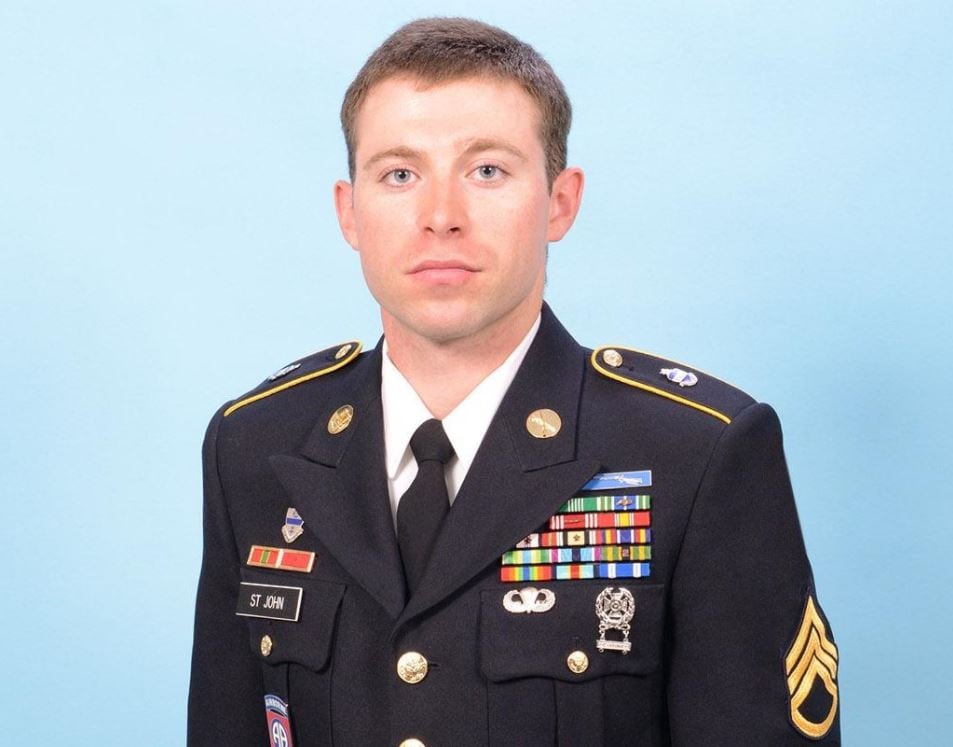
During the August 2019 trip, Operations Group Wolf was coaching and mentoring a battalion from the Minnesota National Guard. The first few training days went as planned, with training completing in the evening hours and St. John’s unit returning to their hotel each night.
On Aug. 15, the daytime training had gone well and the troops reset and prepared for a simulated mass casualty event during a nighttime iteration.
St. John followed another Humvee to a linkup point. But the dust kicked up by the lead vehicle likely caused St. John to lose sight of his comrade, according to the mishap investigation. It was suspected that St. John might have followed his wrist GPS and either turned off the main trail too early or thought he was on an established trail when he drove into the steep creek bed.
The first soldiers on the scene of the accident, just after 9:30 p.m., found St. John unresponsive and without a pulse. They immediately requested a medic over the radio and Fort Hood fire department personnel were dispatched.
RELATED
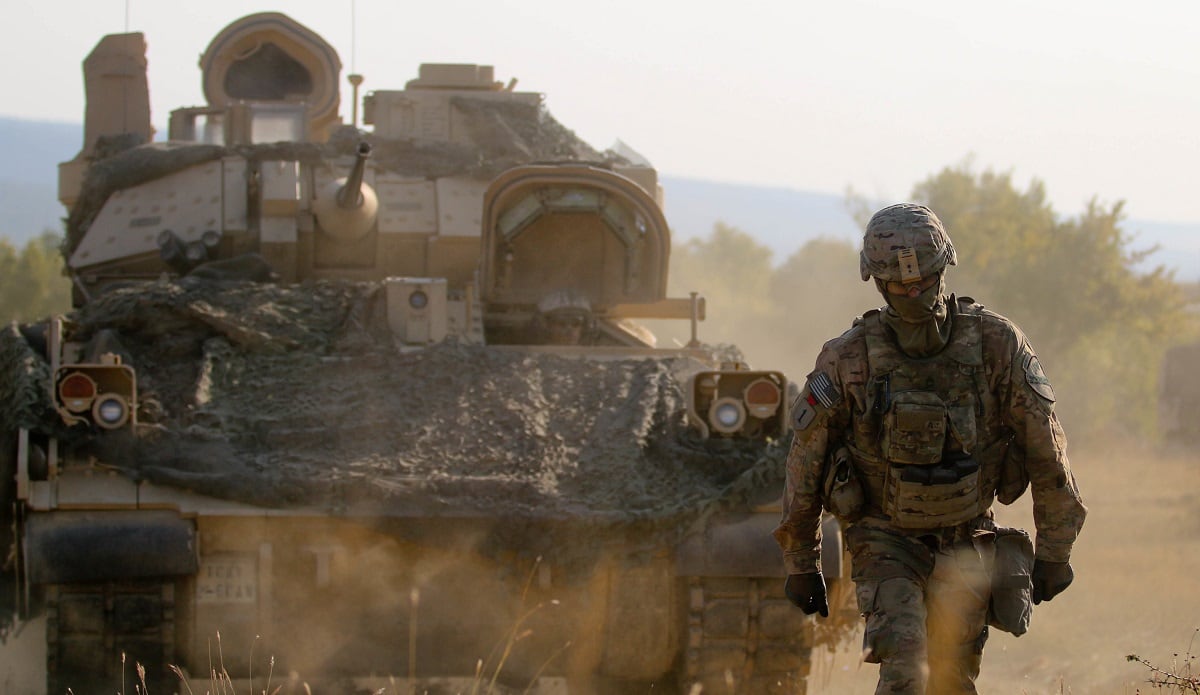
Bystanders attempted to lift the Humvee to free St. John’s body, but to no avail. Fort Hood emergency services arrived at about 10:20 p.m. but a medical official from the Carl R. Darnell Army Medical Center on post pronounced St. John deceased over a cellphone five minutes later.
St. John was licensed and qualified to drive the Humvee at night, but the fact that he was driving alone also came under scrutiny during the investigation.
First Army issued guidance restricting single-operator use of Humvees to when there are manning limitations necessitating it. Driving a Humvee without an assistant driver has to be authorized by brigade commanders and deliberate risk assessment worksheets must be completed and briefed down to the operator’s level before use.
St. John, who is survived by his wife and two children, was one of at least 14 soldiers who died while operating or riding in Army vehicles in 2019. Eight of those deaths were the result of vehicle rollovers, according to data provided to Army Times last summer.
The numbers represented a slight increase over the preceding year in the total number of fatalities, but a much larger increase in the number of rollover deaths, specifically.
Going back to fiscal 2015, the Army did not exceed 12 vehicle fatalities per fiscal year. And between fiscal 2015 and 2018, there were a total of 14 rollover fatalities, according to Army data.
Between 2006 and June of this year, training accidents have accounted for nearly 32 percent of military deaths, according to the Congressional Research Service.
Kyle Rempfer was an editor and reporter who has covered combat operations, criminal cases, foreign military assistance and training accidents. Before entering journalism, Kyle served in U.S. Air Force Special Tactics and deployed in 2014 to Paktika Province, Afghanistan, and Baghdad, Iraq.

